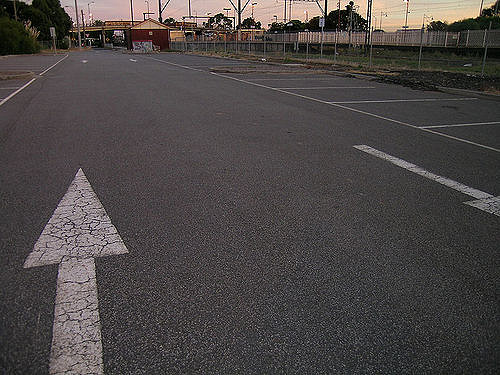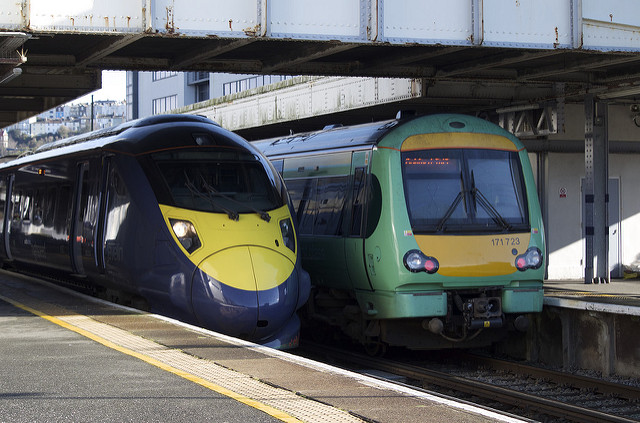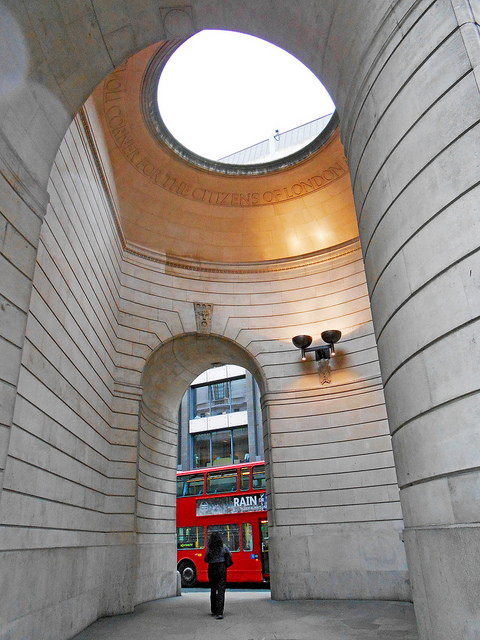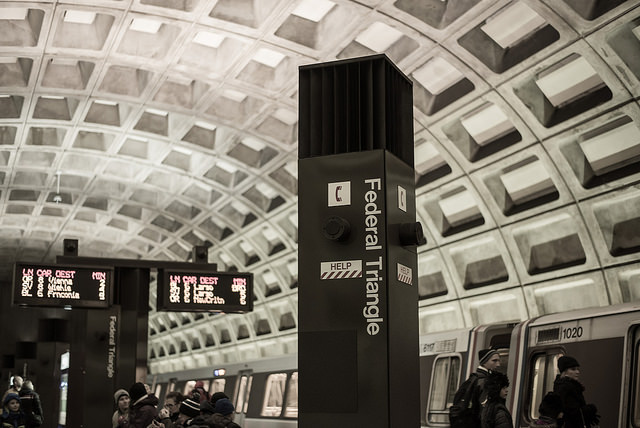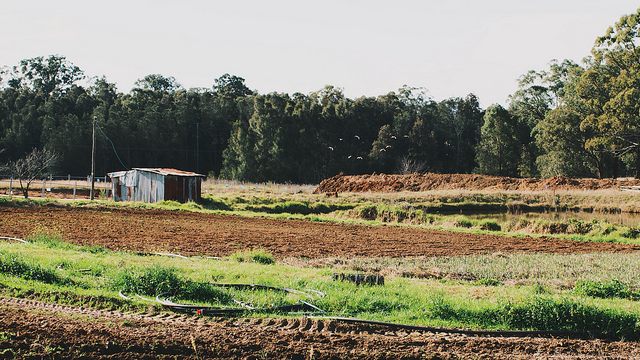Official Australian government statistics show that the largest source of immigrants to the Australian state came from the United Kingdom and New Zealand.
19.5 percent of immigrants to Western Australia came from the United Kingdom in 2009-10, with New Zealand accounting for 11.9 percent and South Africa at 11.5 percent.
While immigration into Western Australia was down by 3487 people, immigration is expected to rise as the Australian economy heats up.
